Rewilding: how to rewild your garden in 10 easy steps
Follow our top tips on rewilding your garden and discover why it's good for your plot and the environment
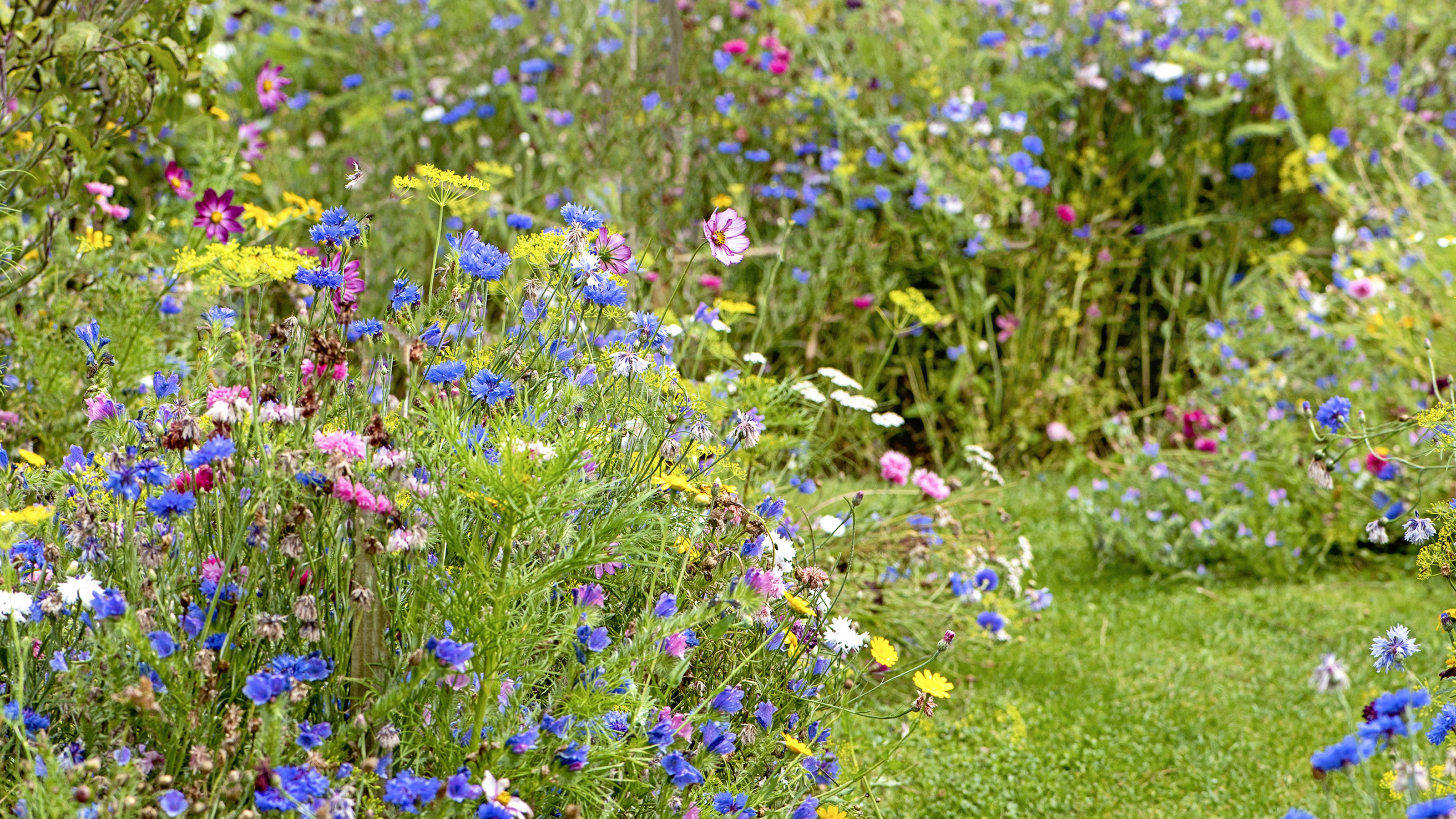

Rewilding has become a buzzword in recent years, but exactly what does it mean? In a nutshell, it’s the restoration of ecosystems so that biodiversity is encouraged, wildlife thrives and nature is allowed take care of itself.
It all began with the wildlife gardening movement in the mid 1980s - the public’s attention in the UK was first captured by it with a popular TV show presented by naturalist Chris Baines. More recently, the wider concept of rewilding has come to the fore, first in the US and Europe, and now in Britain too.
It used to be a term applied to large areas of land allowed to return to nature, but now, we’re also being encouraged to do our bit to rewild domestic gardens too. That doesn’t necessarily mean allowing your entire outdoor space to revert to its natural state, but instead to leave some parts of it undisturbed and to manage the rest in a wildlife-friendly way.
Like the sound of rewilding and want to know how to rewild your garden? Keep reading for 10 easy ways to help reintroduce nature to your space.
Why is rewilding important?
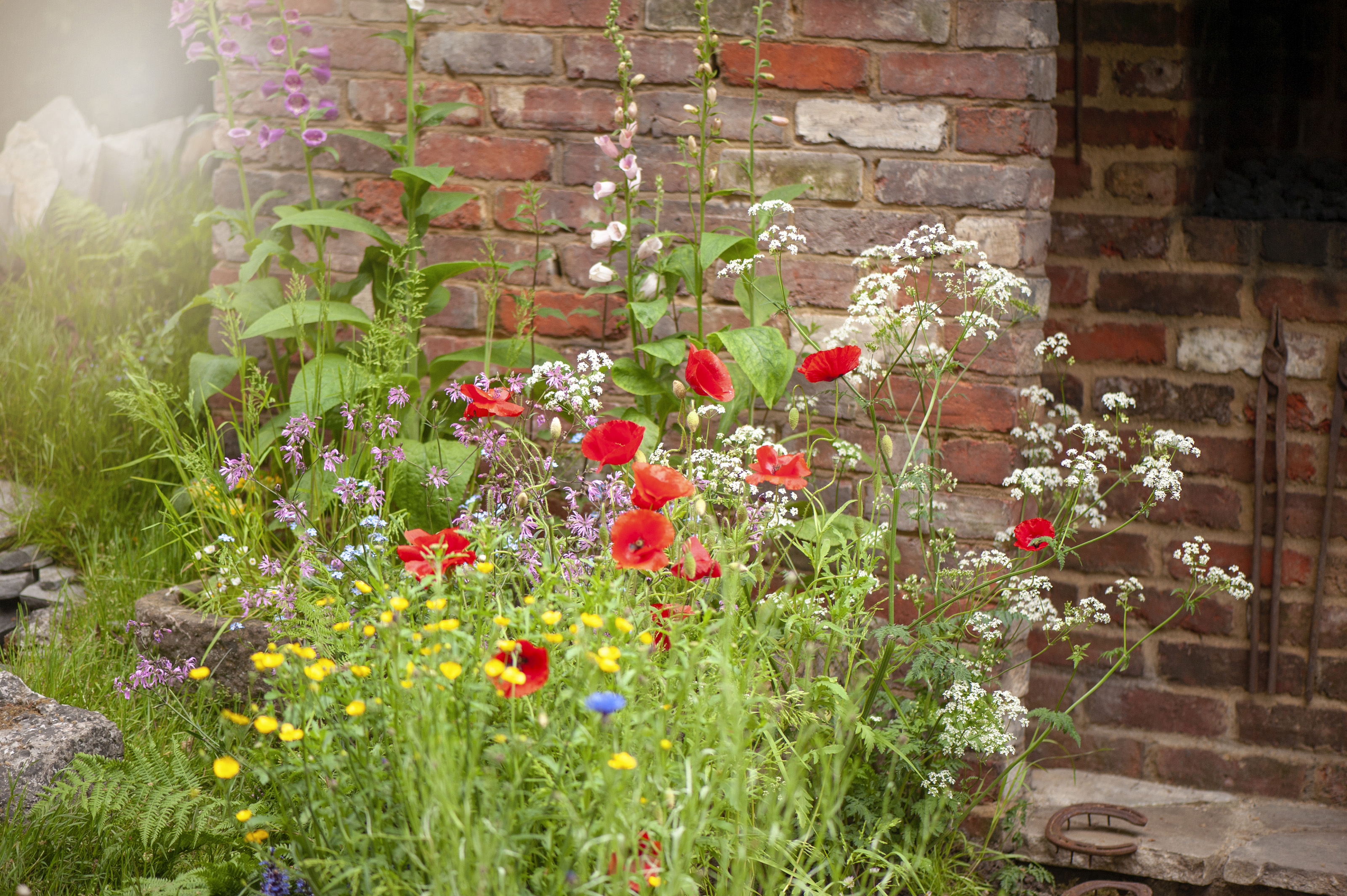
In the past 50 years, more than half of the world’s wildlife is thought to have been lost. That’s thanks largely to deforestation, grazing, industrialisation, pollution and the excessive use of natural resources. The UK is one of the most nature-poor countries in the world, coming 189 out of 218 nations in the latest State of Nature report.
But an increasing number of large-scale estate owners are now taking action. Isabella Tree, who runs Knepp Wildland with her husband Charles, says, ‘As a farm, Knepp was no longer viable. We were throwing fertilizer, pesticides and herbicides at the land, and it wasn’t helping. So we decided to stop intensive farming. Suddenly, we heard surround-sound insects for the first time and birds returned. We were looking out onto fields of wildflowers and it was so thrilling, as if the land was breathing a sigh of relief. We began to roll it out across the whole estate, and released free-roaming cows, ponies, deer and pigs. They rootle, trample and disturb the soil, creating a mosaic of different habitats with complex vegetation – and that’s rocket fuel for biodiversity.’
On a smaller scale, the same effect can be achieved in gardens. If you go down the route of organic gardening and ditch the fertilizers, herbicides and pesticides and let nature find its own balance again, you’re likely to be amazed at the increase in birds, insects and even small mammals that start visiting.
Even the tiniest of gardens can become more biodiverse – and if we all do our bit in our own individual gardens ad backyards, our joint efforts could have a massive positive effect on the natural world.
‘The more people who take action to boost biodiversity and encourage wildlife on the own patch, the better,’ says Richard Bunting of Rewilding Britain. ‘We tend to like our gardens to be neat and tidy but a slight change in mindset can make all the difference.’
10 steps to rewilding your garden
1. Let the weeds grow

Most of us like to follow weed control tips and tricks to keep our borders weed-free - but weeds are often the plants wildlife like best. ‘They’re native plants,’ says Isabella Tree, ‘and they are beautiful in their own right. We’re a nation of control freaks and we tidy up far too much.’
So if you're serious about rewilding your garden, don’t spray off that patch of nettles – they’ll act as a caterpillar nursery for butterflies. And if you’ve ever seen thistles in flower in the countryside, you’ll know that if you leave a few of them growing in your garden, they'll be a magnet for bees. ‘Dandelions are usually seen as weeds but they’re really important wildflowers and, especially early in the year when there aren’t many flowers around, they support dozens of insects that are in decline,‘ says Richard Bunting.
2. Allow the grass to grow long
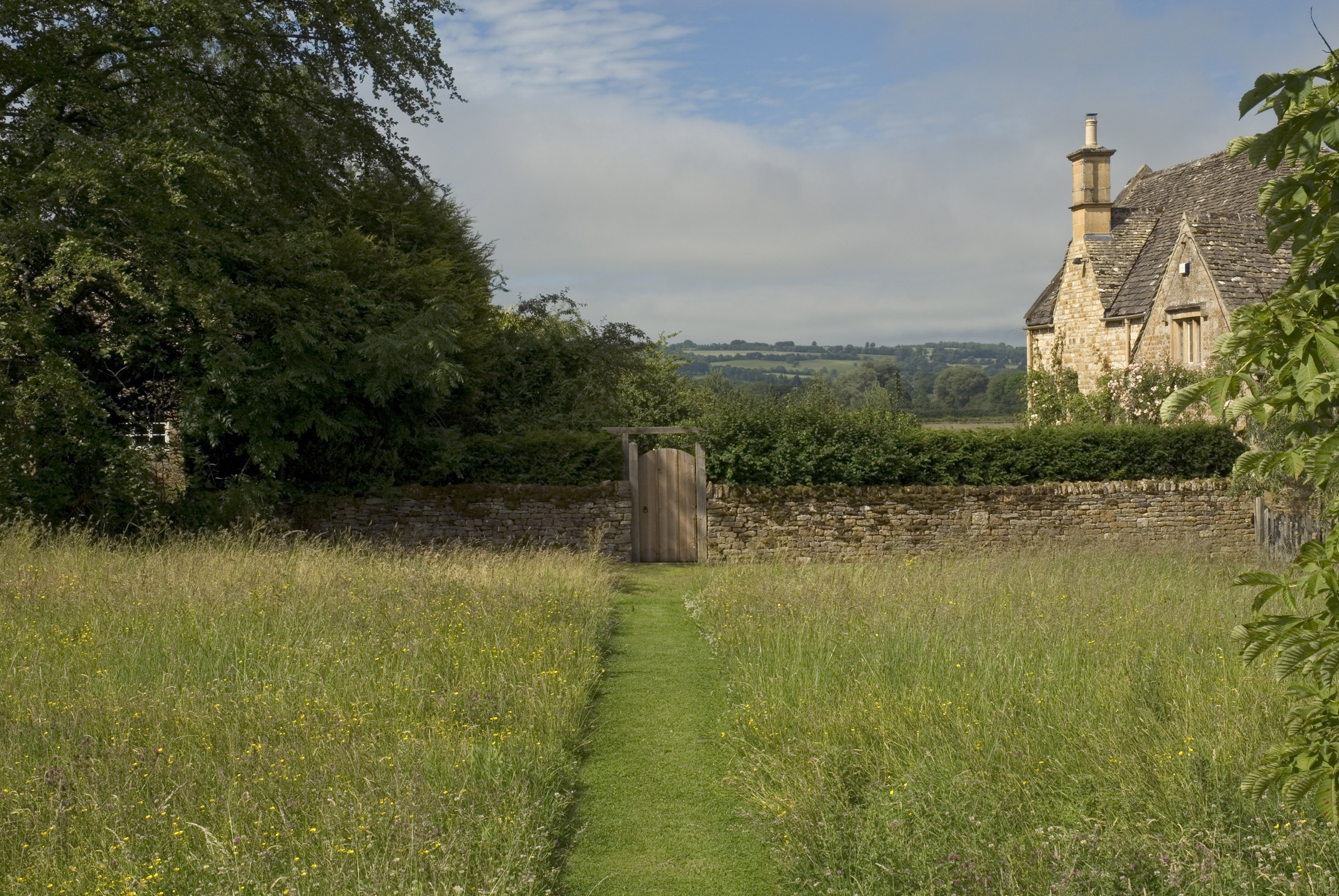
Another top tip if you want to know how to rewild your garden? Start mowing your grass once a month or less, rather than cutting it back to within an inch of its life every week, and it could be quickly transformed into a wildlife haven without any extra input from you.
‘Lawns are one of the least sustainable aspects of any garden because of the energy used for mowing them and the water needed to keep them looking lush,’ says garden designer Helen Elks-Smith. ‘But many of us love the look of a patch of lawn, so a good compromise is to leave at least some of the grass to grow longer. It will look beautiful and will cope better with dry summers and wet winters. Wildflowers will quickly appear in it too.’ And where there are wildflowers, there’s wildlife - so it’s a win-win situation.
Head over to our lawn ideas for more inspiring solutions for your patch of grass.
3. Plant a mini meadow to rewild your garden

If you like the idea of rewilding but don’t fancy letting the grass grow long, why not create a miniature meadow in a sunny part of your garden instead? By sowing a wildflower seed mix suitable for your soil, you’ll attract crowds of bees and other pollinating insects.
You’ll need to remove any existing turf and take away the layer of top, nutrient-rich soil first, though – the poorer the growing conditions, the better wildflowers grow. Consider including wildflowers in your beds and borders too – they’ll look gorgeous, and will provide a much more accessible source of nectar than many highly cultivated ornamental flowers.
We've got plenty more advice on how to plant a wildflower meadow in your garden in our guide.
4. Mulch instead of digging

By constantly digging over soil in our beds and borders, we destroy and disturb the vital micro-organisms that sustain plant life. So when it comes to rewilding your garden, regularly mulching instead (adding organic matter such as compost on top of the soil) keeps things in balance, eliminating the need to then add artificial fertilizers to repair all the damage we’ve done.
Want more advice on the benefits of mulching? Our in-depth guide has all the info you need.
5. Leave a few undisturbed corners
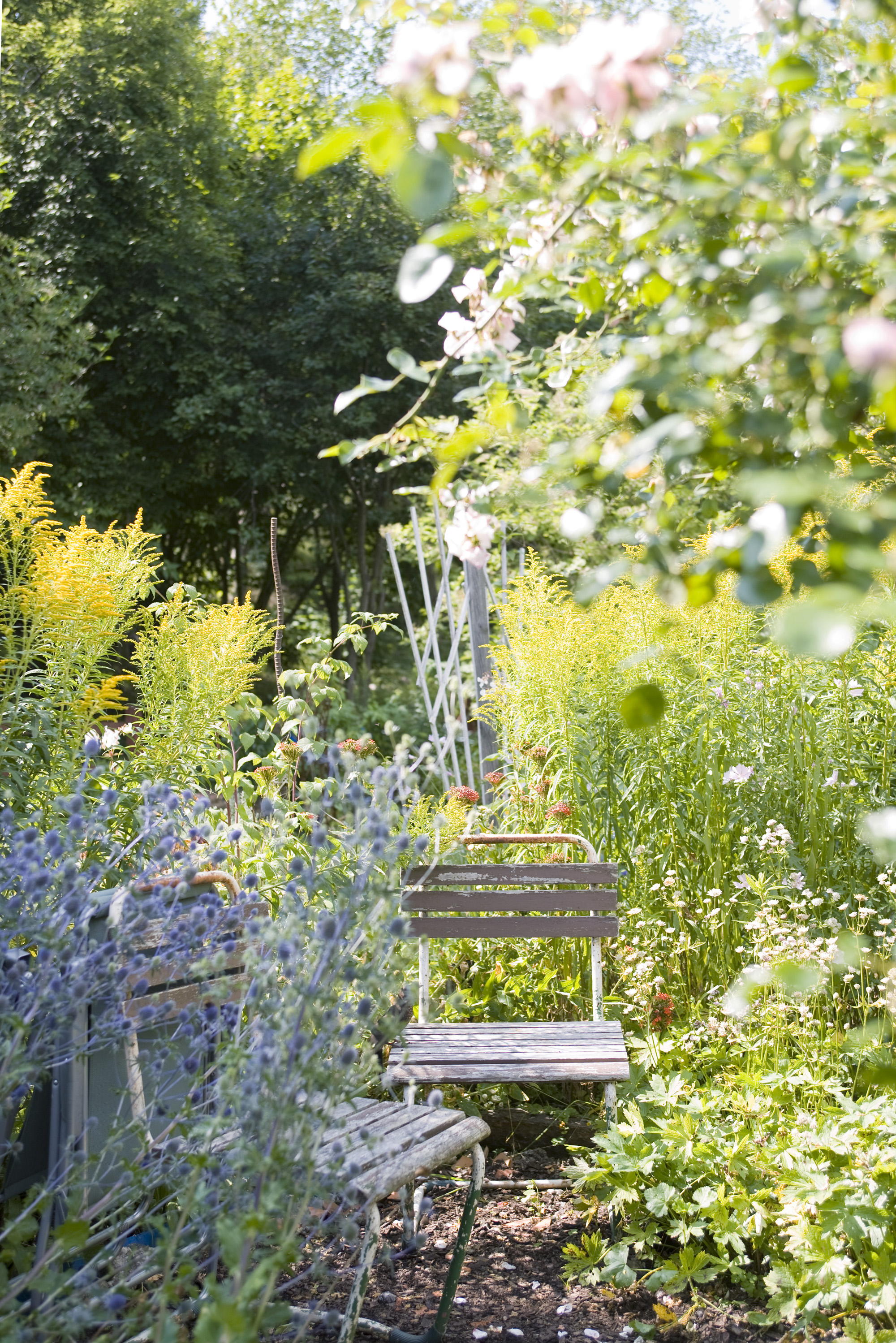
Most of us tend to have a major tidy-up of our gardens at the end of the growing season. But, this year, consider leaving things as they are if you want to rewild your garden. A pile of leaves, for example, is brilliant for rewilding a corner of your plot. It could create a home for insects and small mammals, or they may take the leaves to use as bedding material. Hedgehogs may hibernate in the leaves, too.
And don't be too quick to cut plants down in autumn – leave them until new growth starts to show again in spring so that birds can feed from them and invertebrates can use them as overwintering sites.
Allow patches of brambles, honeysuckle or wild roses to grow into dense mounds too – they’ll become a good source of food, shelter and nest sites for insects, birds and small mammals. Do some selective pruning of them each year, though, as some species prefer older growth while others favor newer shoots.
6. Create a wildlife highway

Insect-friendly gardens provide not only habitats for them but also safe corridors for them to pass through until they find the perfect spot for feeding and breeding.
Creatures that can fly or climb are easily able to travel between gardens, but hedgehogs need help to get from one to another. They travel around a mile each night looking for food and to find a mate, but they are in decline because our garden walls and fences are becoming more secure, restricting their movements. We can make life easier for them by making holes in or under our garden boundaries - a 13cm x 13cm gap is sufficient for them to pass through.
Head over to our wildlife garden ideas for more ways to encourage creatures great and small into your plot.
7. Reduce hard landscaping and fencing when rewilding
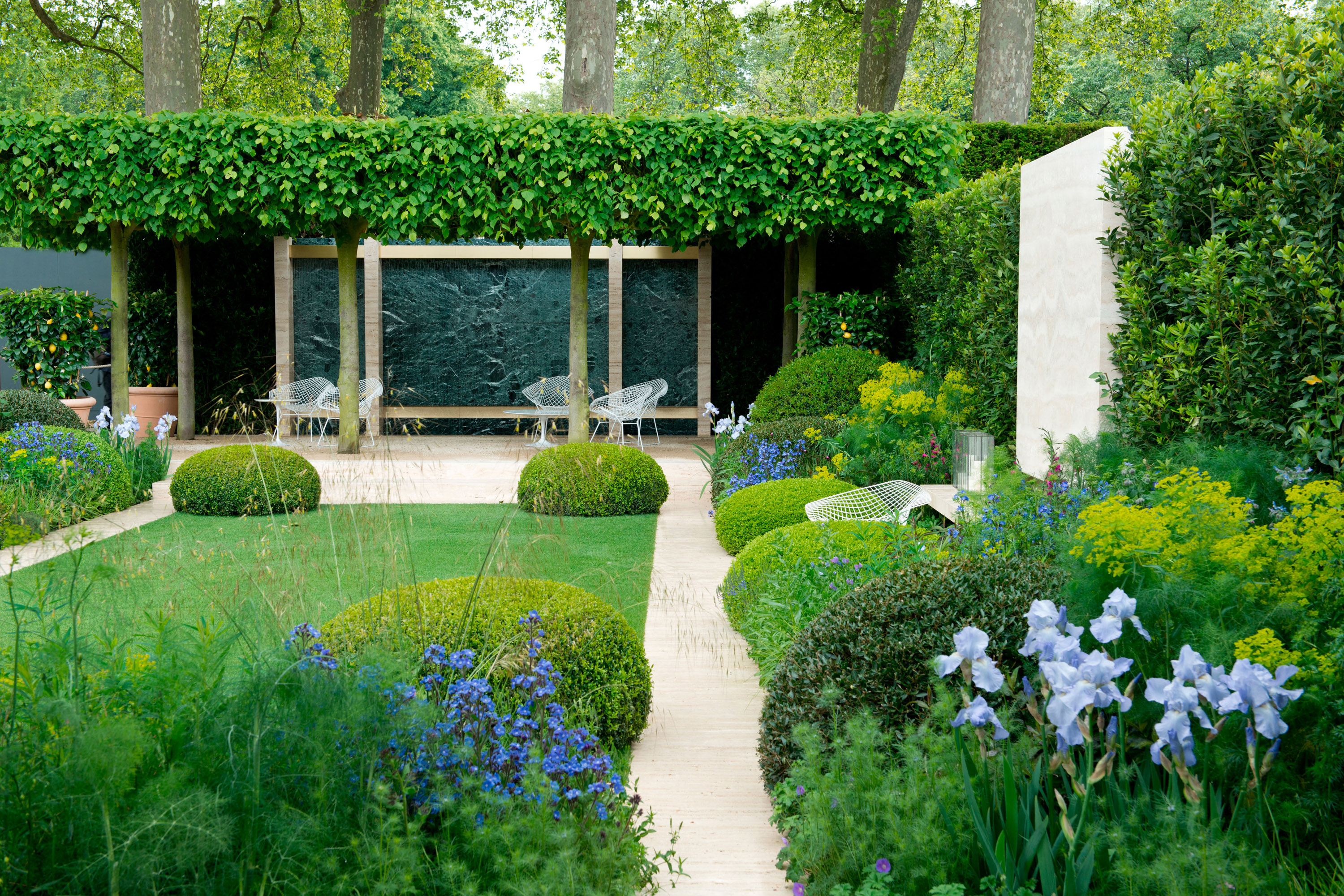
In our quest for low-maintenance garden ideas, there’s been a huge trend for paving over our outside spaces. But paved gardens and yards are more prone to flooding, or to causing water run-off that increases the risk of flooding elsewhere.
Front gardens, in particular, have started disappearing under a sea of concrete to make room for the family car. But with a little planning and a bit of creativity, it’s possible to keep a garden wildlife friendly and still have a place to park – why not make solid tracks for the tires, for example, and then have grass or low planting, such as thyme, in between and either side?
Hedges are being replaced by solid fences increasingly frequently too. ‘If you plant a mixed hedge at your boundary rather than a fence,’ says designer Helen Elks-Smith, ‘it will be a thing of beauty and will support a huge amount of wildlife, especially if you opt for hedge plants that already thrive in the countryside around you.’
Find more eco landscaping ideas in our in-depth guide.
8. Create a log pile

Dead wood is five-star accommodation for many insects, plus it's an easy option for rewilding your garden. Not only are beetles important predators, but they also act as pollinators and as a food source for hedgehogs and birds. They help to recycle nutrients too, by eating and digesting plant material.
So, as long as it’s not in danger of falling, consider leaving a dead or dying tree in your garden rather than cutting it down – its cavities could be teeming with life even if you can’t see it. Or why not pile up logs in a corner of the garden? They will do the same job.
9. Make a rockery to rewild corners of your plot
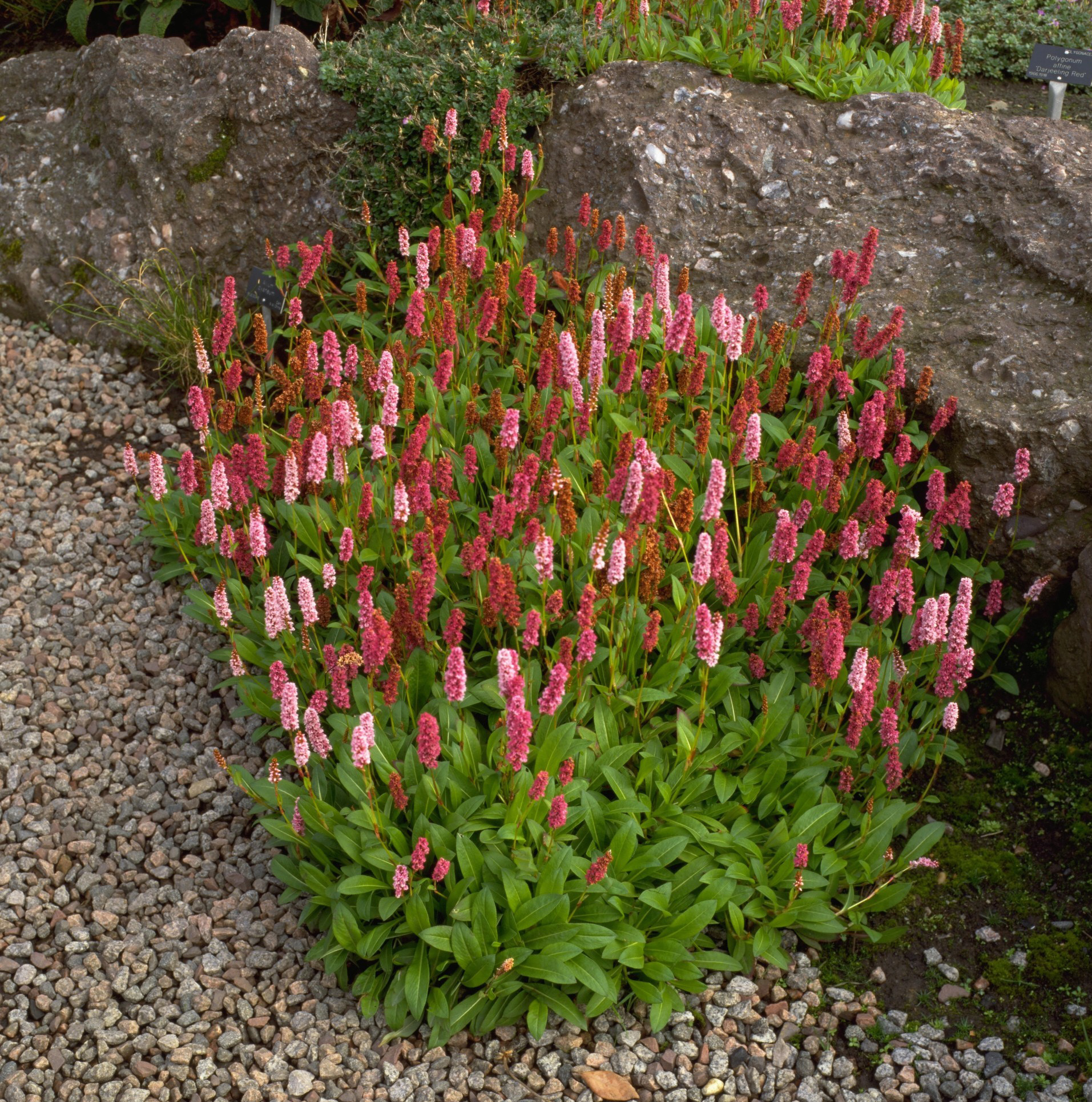
No, we're not talking about the kind of twee rockery that went out of fashion at the end of the 1970s… We’re talking here about placing piles of randomly arranged rocks or large stones in your garden where they will provide shelter for nocturnal insects during the day, and the perfect place for many species to lay their eggs.
Need some advice on how to do it in a stylish way? Our small rock garden ideas feature is a great place to start.
10. Be tolerant when rewilding
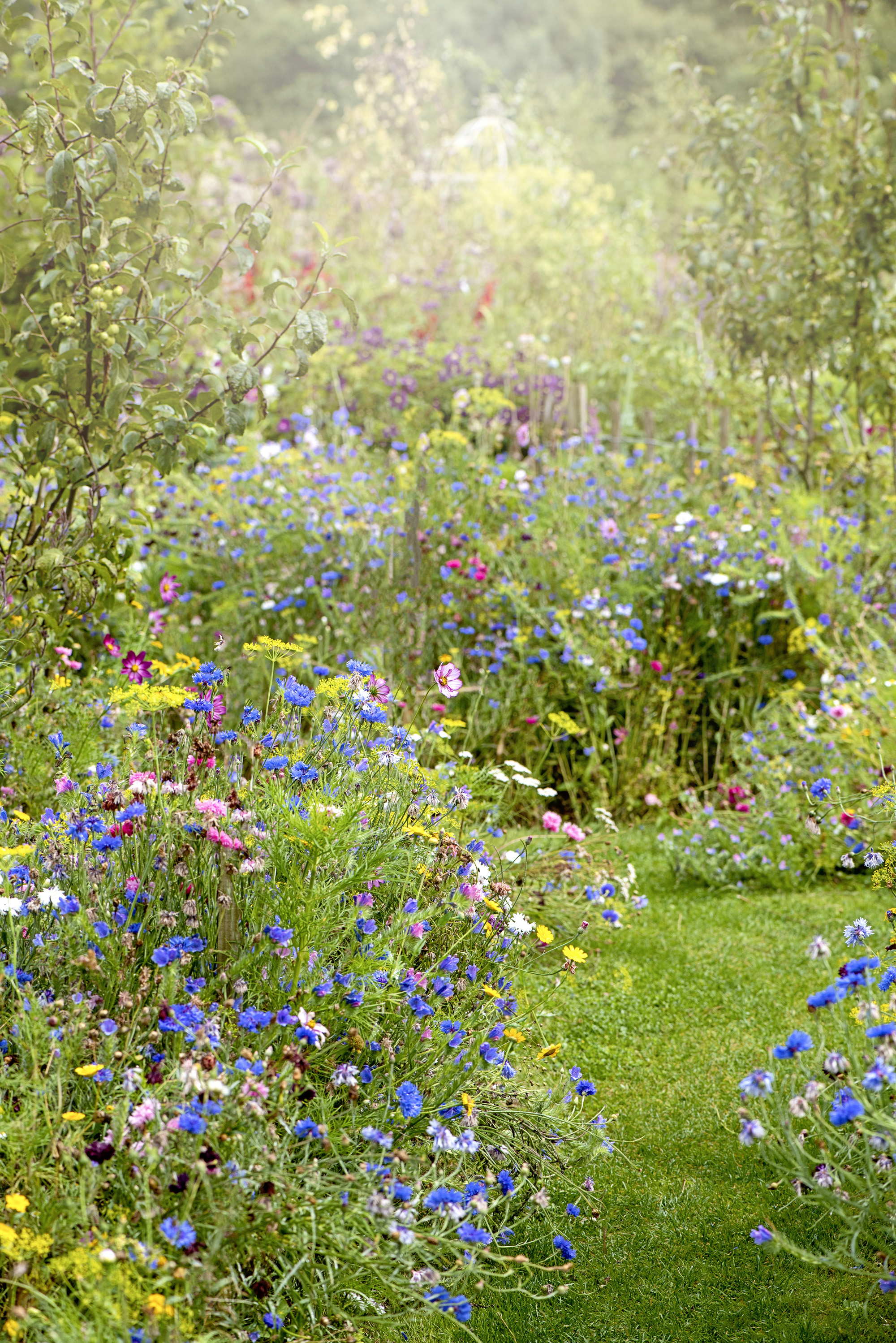
Once you start rewilding your garden, nature will rebalance itself and you should start to find fewer pests on your plants because their natural predators will be thriving. So it’s time to throw out the pesticides, especially as they may not only kill off the bugs you don’t want, but also the beneficial ones you’re trying to encourage too.
Once you start to let nature take care of itself, no single species will dominate - so pests such as aphids are likely to become a thing of the past relatively quickly. If some undesirables do appear – blackfly on roses, for example - learn to live with them. A few won't do any harm to the plant and they provide food for birds, which in turn will also help to control the slug and snail populations.
Do you need a lot of space to rewild a garden?
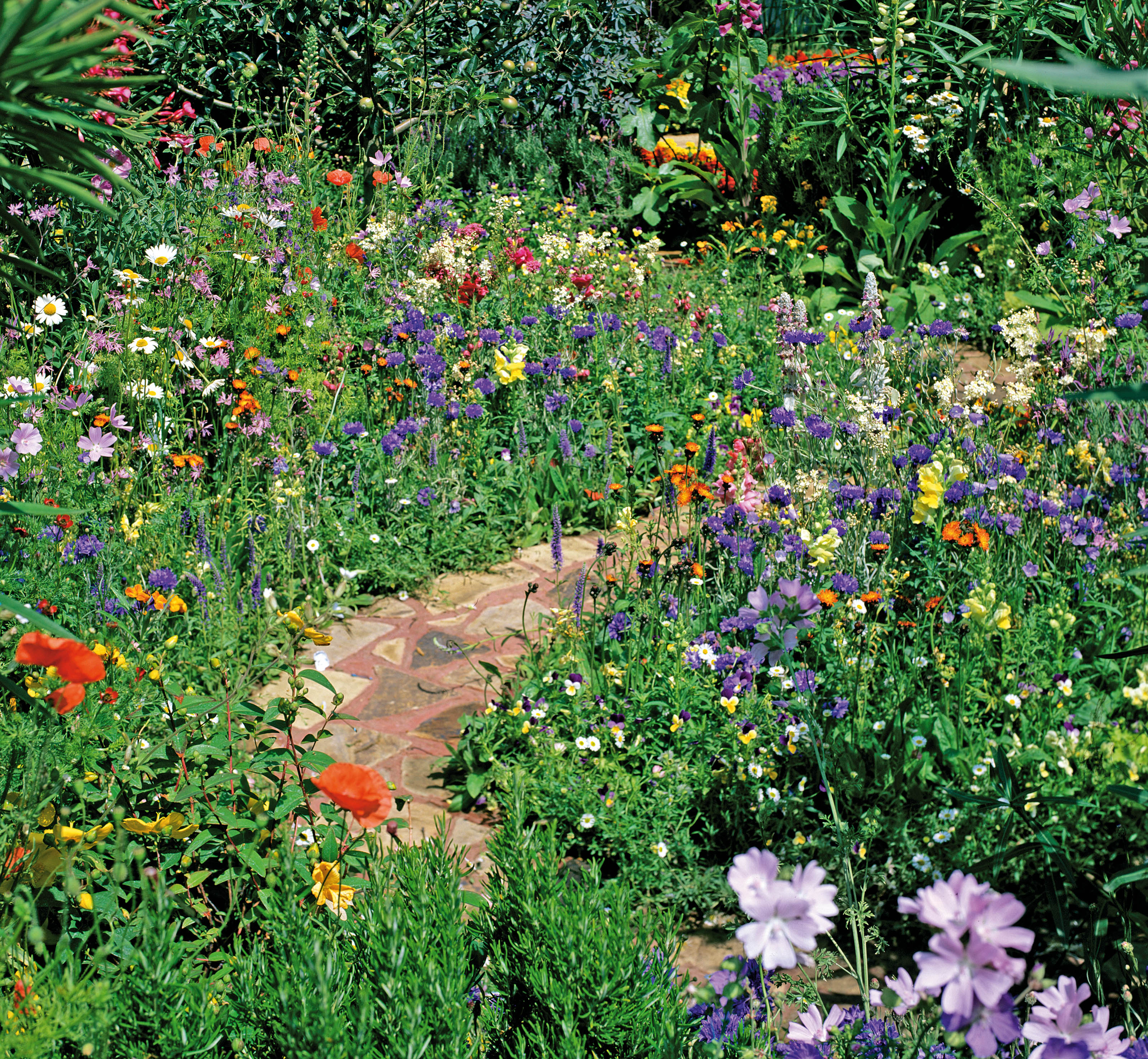
Not at all! In the UK, it’s estimated that 22 million of us have access to a garden, and if even the smallest of outdoor spaces have a wild area it will help to make a difference to biodiversity.
One of the key benefits of lots of us doing a little rewilding in our gardens is that wildlife then has a much wider overall area in which to find food and shelter. One garden alone may not make a massive difference, but lots of gardens and backyards together add up to a much bigger space.
Does it look untidy if you rewild a garden?
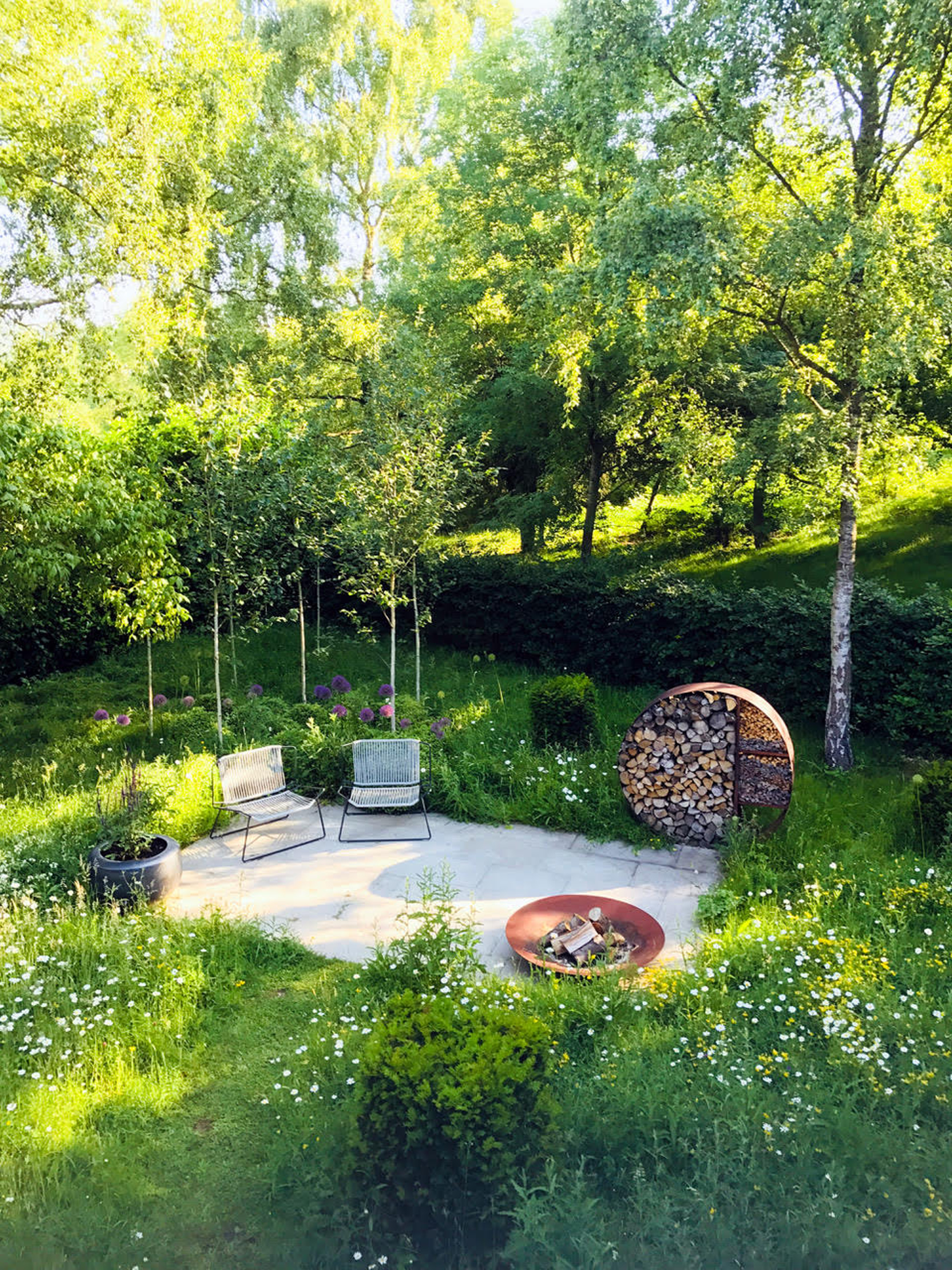
It's not necessary to abandon your whole garden to nature in order to do some good, and there are plenty of ways to get round the scruffiness that rewilding might imply. If you want to set aside a patch of lawn to allow it to grow long, for example, but you’re worried about it looking messy, simply closely mow a strip of grass around it. The effect will then look intentional rather than accidental. The short grass replicates natural grazing patterns too, and will benefit insect life by providing space for burrowing and nesting.
Garden designer Mandy Buckland has rewilded her whole garden, turning it into a wildflower meadow. It’s proof positive that ‘wild’ doesn’t have to mean ‘unkempt’.
‘The meadow looks fantastic from March to late August,’ she says, ‘and I’m prepared to put up with it looking a little scruffy over winter.’ She balances the ‘wildness’ with evergreen structure in the form of clipped box, yew and pittosporum and she’s added allium and tulip bulbs to give color early in the season. In summer, the meadow is now so full of different butterflies that she has a chart to hand so she can identify them all. Love the sound of having an abundance of butterflies in your space? Our guide on how to grow a butterfly garden is just what you need.
Ecologist Brian Banks rewilded his front lawn way way back in 1999. ‘I decided to miss out a couple of cuts with the lawn mower early one summer to allow white clover to flower for bumblebees. The following year I added a couple of low-growing plants to diversify it a bit (bird’s-foot trefoil and cowslip), and that year I noticed red clover, one of the best bumblebee plants, was starting to appear from seed already in the lawn.
'At that point I threw caution to the wind and started treating it as a hay meadow. Since then the lawn has got better and better, putting on a great show each summer. In fact, it now looks as good as one I sowed in the back garden with an expensive wildflower mix! I was worried about the neighbors' reactions at first, because it’s not neat and tidy like a normal lawn. In the early days an estate agent selling the next-door property made a negative comment as she passed by, but the house was quickly sold nonetheless, and that’s really the only negativity I have had. A stranger once pulled up in their car and got out to tell me how lovely it looked, which made my day!’
3 things to know before rewilding your garden
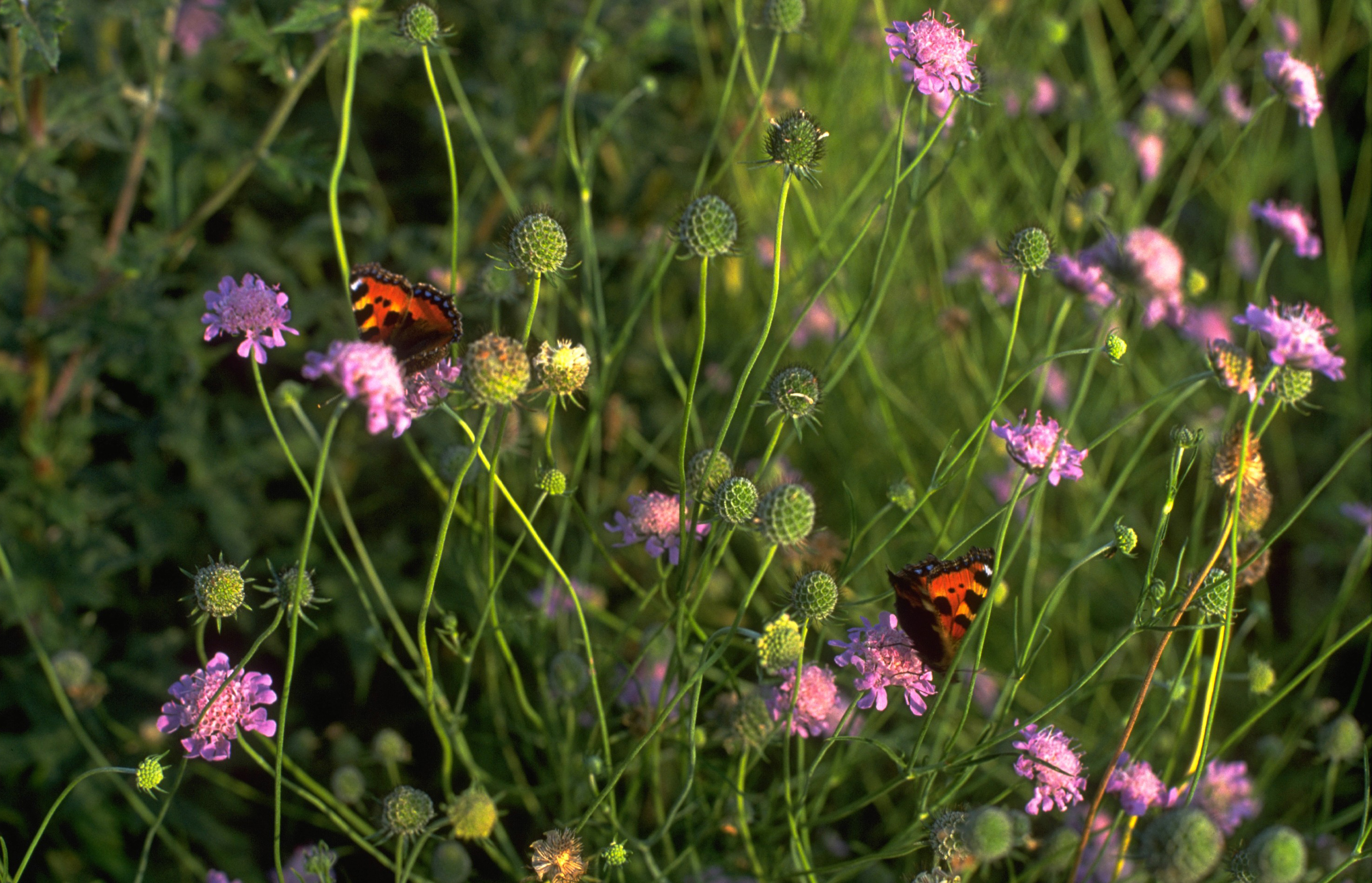
Plant ecologist Jenny Steel, who runs Wildlife Gardening, offers these tips on how to create an eco friendly garden using rewilding methods.
- Although some insects have very exacting requirements and will only lay their eggs on one specific plant, for example, it’s not necessary to stick purely to native varieties. In a small space, it's better to have a good mix of plants that will provide nectar and habitats for the widest possible range of insects.
- Total rewilding of a garden would be counter-productive because a few plants would quickly dominate. Instead, it’s better to have one or two ‘wild’ places, and then manage the rest of the garden for maximum biodiversity by growing a wide range of plants and providing a range of different habitats, including bird boxes.
- It’s only when you understand the basics of ecology, and the complex web of life in which everything in your garden depends on something else, that you can really start to make decisions about how to manage your garden to increase biodiversity. So read as much as you can about the subject before you start.

Sarah is a freelance journalist and is lucky to be able to write about her two main passions: gardening and food. She recently took on an allotment too, and is really loving growing all her own fruit and veg then bringing it home to try out in new recipes for her food and gardening blog, A Cook's Plot.
